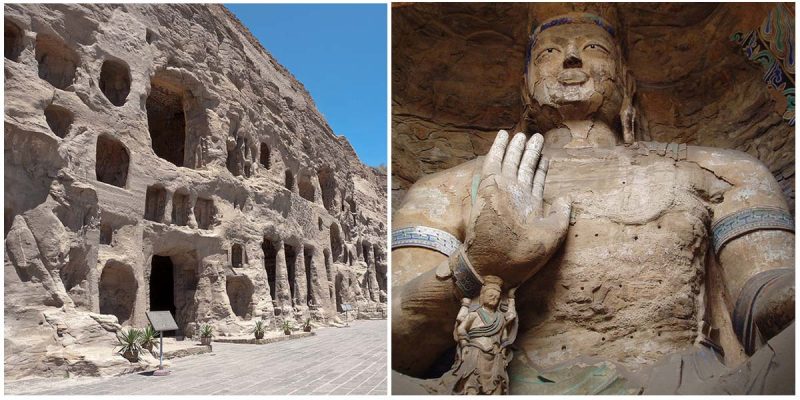The ancient Chinese Buddhist temple grottoes, the Yungang Grottoes are located near the city of Datong in the province of Shanxi.
Besides Longmen and Mogao, the Yungang Grottoes are one of the most famous ancient Buddhist sculptural sites in China.
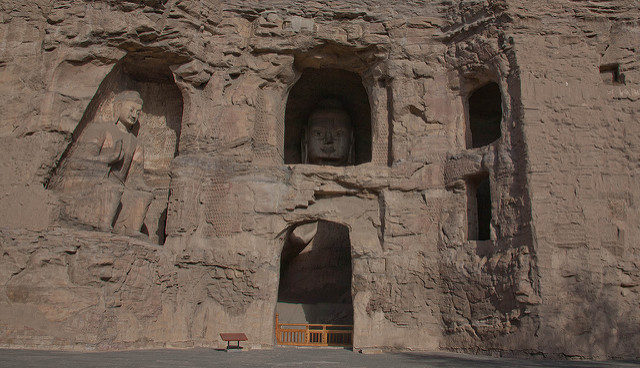
They are divided into three parts: the eastern (caves 1-4), the middle, with Buddha statues in the center (caves 5-13), and the western (caves 14-53) parts.
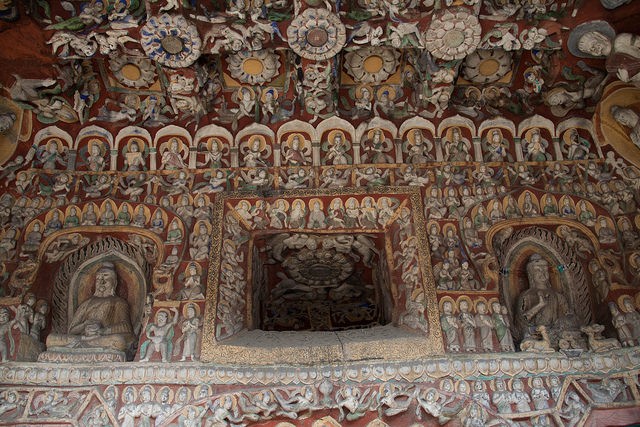
All together, the site is composed of 252 grottoes with more than 51,000 Buddha stone statues.
The smallest statue is only two centimeters and the biggest is 17 meters tall.
The most magnificent of the sculptures is the 14m-tall seated Buddha of Cave 20.
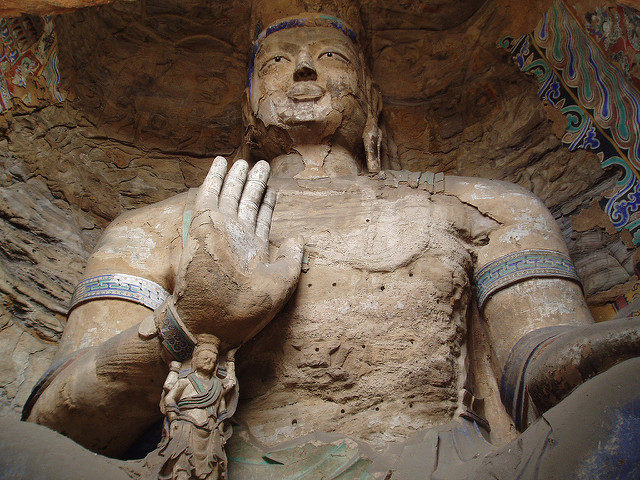
They are excellent examples of rock-cut architecture and According to UNESCO, they are a masterpiece of early Chinese Buddhist cave art.
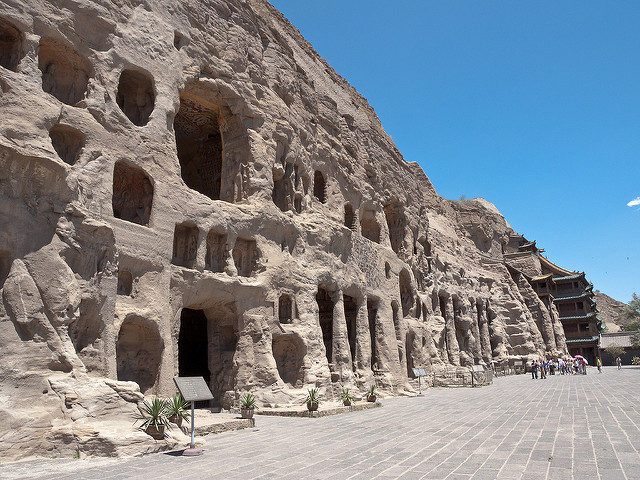
The work on the first period of caving by Northern Wei lasted until the year 465 AD, and the caves are now known as caves 16-20.
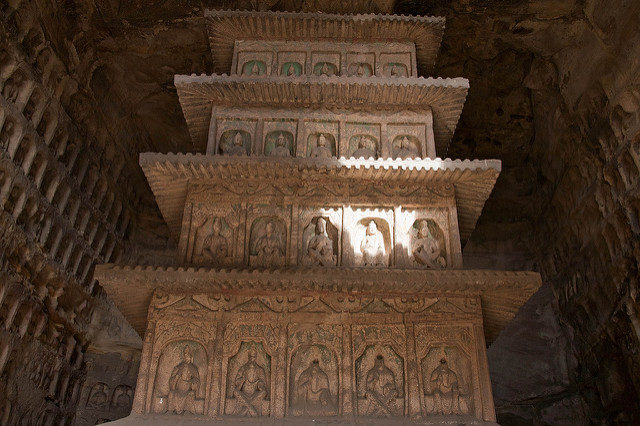
The second period of construction lasted until 494 Ad, the twin caves 5/6, 7/8, and 9/10, as well as the caves 11 and 12 were constructed under the supervision of the imperial court.
In the third construction period, the rest of the caves emerged under private patronage.
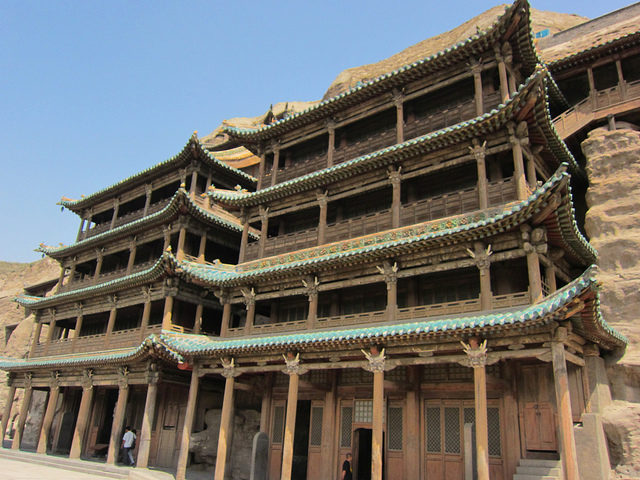
From 1049 to 1060, during the Liao Dynasty, the caves saw some renewing of statues and the buildup of the 10 temples of Yungang that were meant to protect the main caves.
During the early Qing Dynasty in 1621, wooden buildings were constructed in front of caves 5 and 6.
Since the 1950s, forestation has been implemented in an effort to reduce the weathering due to sandstorms.
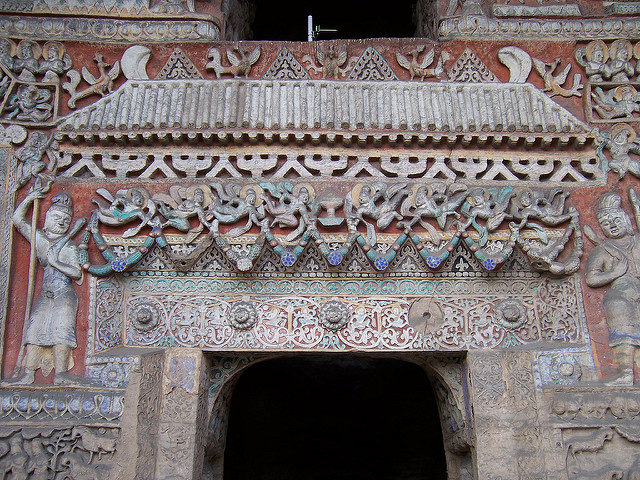
The grottoes are a very powerful example of the Buddhist belief in China.
In 2001, The Yungang Grottoes were made a UNESCO World Heritage Site and they are classified as a AAAAA scenic area by the China National Tourism Administration.
